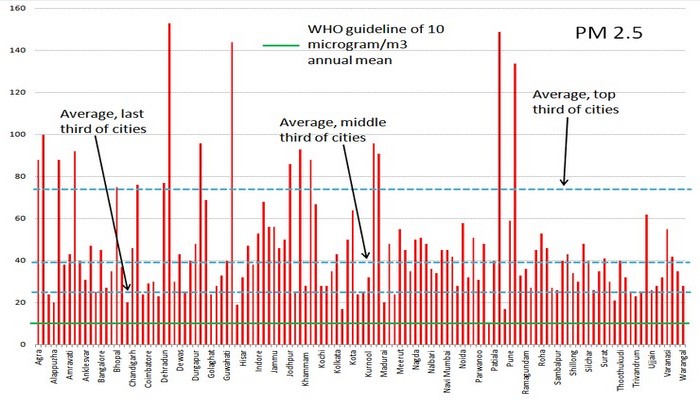 The global share of renewable energy can reach as high as 36% by 2030 with technologies that are already available today as well as with improved energy efficiency and energy access. Going further than this will require thinking “outside the box”, with early retirement of conventional energy facilities, technology breakthroughs and consumer-driven societal change.
The global share of renewable energy can reach as high as 36% by 2030 with technologies that are already available today as well as with improved energy efficiency and energy access. Going further than this will require thinking “outside the box”, with early retirement of conventional energy facilities, technology breakthroughs and consumer-driven societal change.
REmap 2030, the report prepared by the International Renewable Energy Agency (IRENA), through broad consultations and engagement around the world, provides a global roadmap for doubling the share of renewables in the energy mix. This full report of REmap 2030 provides insights into five specific areas:
1. Pathways for doubling the share of renewable energy in the global energy mix based on the national plans of 26 REmap countries and the additional REmap Options, and how to go beyond doubling based on different strategies represented by the RE+ Options.
2. Socio-economic impacts related to doubling the global share of renewable energy.
3. Current situation of renewable energy markets in the power, district heat and end-use (industry, buildings, transport) sectors as well as developments between 2010 and 2030 if all REmap Options are implemented.
4. National policy proposals to improve the existing policy framework.
5. Opportunities for international co-operation of governments for doubling the global share of renewable energy.
In determining the potential to scale up renewables, the study not only focuses on technologies, but also on the availability of financing, political will, skills, and the role of planning. The study finds that doubling of the share of renewable energy in total final energy consumption by 2030 would be nearly cost-neutral. When external costs that can be avoided by replacing conventional energy are taken into account, this ambitious transition even results in cost savings.








